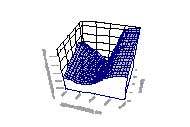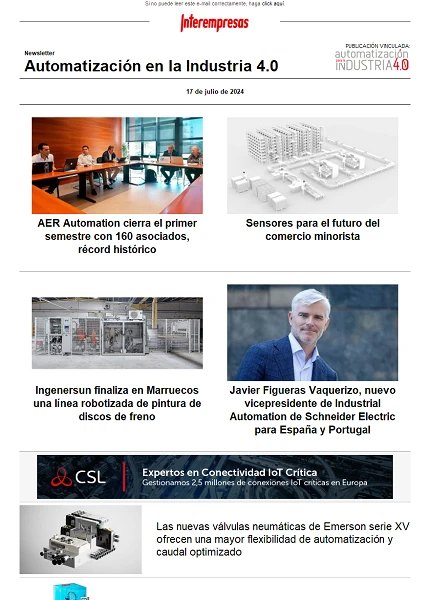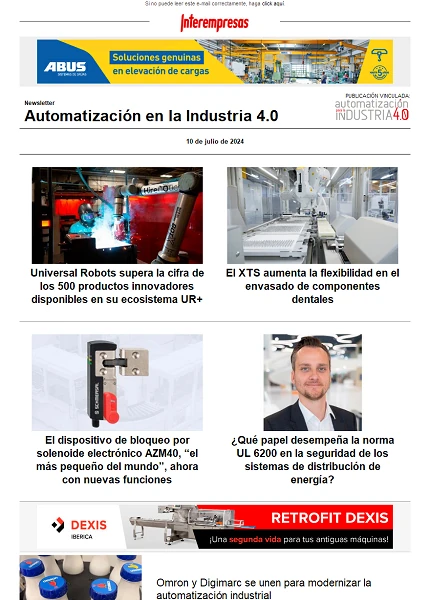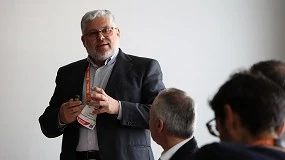Other
Determination of the best regions of forming and plastic instability during a process of hot forging
A. the Omar (1), e. Peña (1), j. M. Prado (2).
(1) Dept. mechanical engineering
Polytechnic School of Manresa
Avda Bases de Manresa, 61-73
08240 Manresa - Barcelona
Telf. 93 877 72 66, email: anas.al.omar@upc.es
(2) Department of materials science and metallurgical engineering
Polytechnic University of Catalonia.
Avda Diagonal 647, 08028-Barcelona. Spain.
01/12/2002 1. Introduction
One of the processes of manufacture of mechanical components most used in the industry is hot forging. The most important problem that arises in the design of this process is to gain control of all parameters (temperature, speed of deformation, degree of reduction, etc.). Therefore, the designer of the process must have a comprehensive understanding of the interaction between the microstructure and control parameters.
To achieve this goal industrial proposed, in this work, the map of plastic instability of a medium carbon microalloyed steel. In this map will outline the best regions of wrought iron and the plastic instability to be avoided in a process of hot forging.
The basis for the construction of maps of instability is the dynamic model of materials developed by Prasad and Columbia [1].
2 Experimental
To simulate the process of forging, compression tests were carried out in hot a medium carbon microalloyed steel.
3. Results and discussion
The variation of instability parameter and with the temperature and speed of deformation to 0.6 of deformation is represented in Figure 1. The regions of the map where the parameter is negative, are regarded as unstable regions of fluence [2]. On this map appears a domain at low and intermediate temperatures and speeds of deformation with a negative parameter of instability which would mean that this domain is an area of microstructural instability.
Also, you can see in this map are the regions where the appearance of the processes of restoration and dynamic recrystallization is expected more stable regions of the map. In these regions the parameter of instability takes positive values and reaches its maximum.
Figura1. Map of instability of the steel studied to 0.6% of deformation
4 Conclusions
The forging of the studied steel has to be carried out in regions where it takes their maximum values, always avoiding the regions of negative values.
5 References
[1] Y.V.R.K. Prasad, Indian j. technol., 28, (1990) p. 435-451.
[2] (A). The Omar, Doctoral thesis, UPC, 1996.









